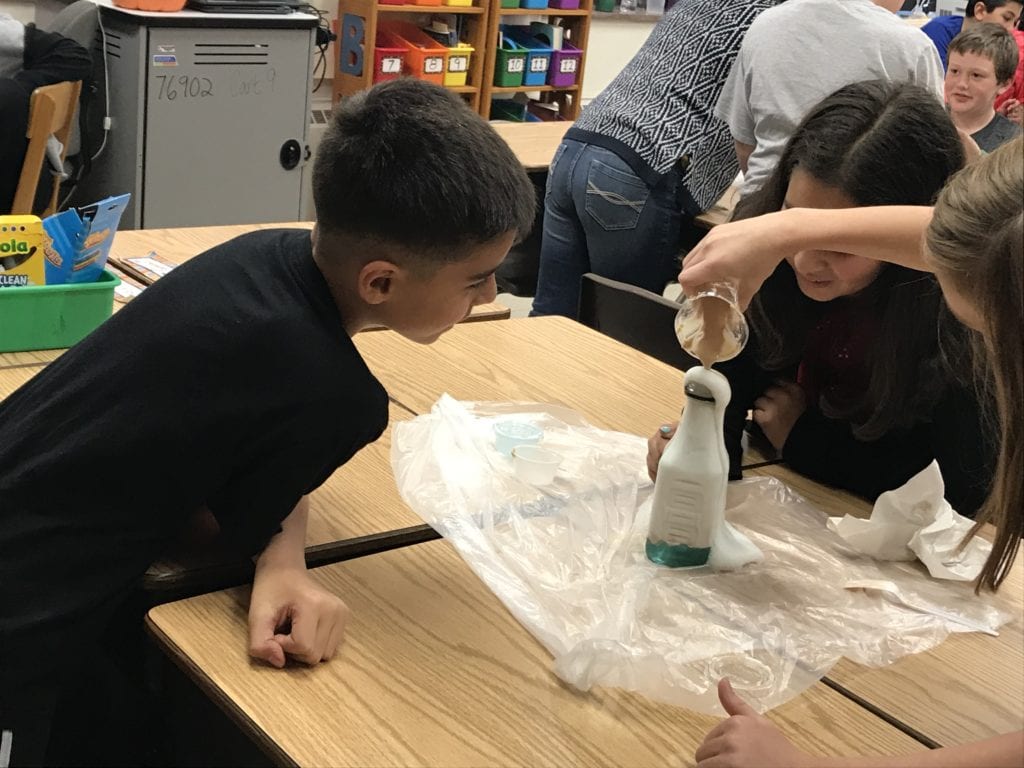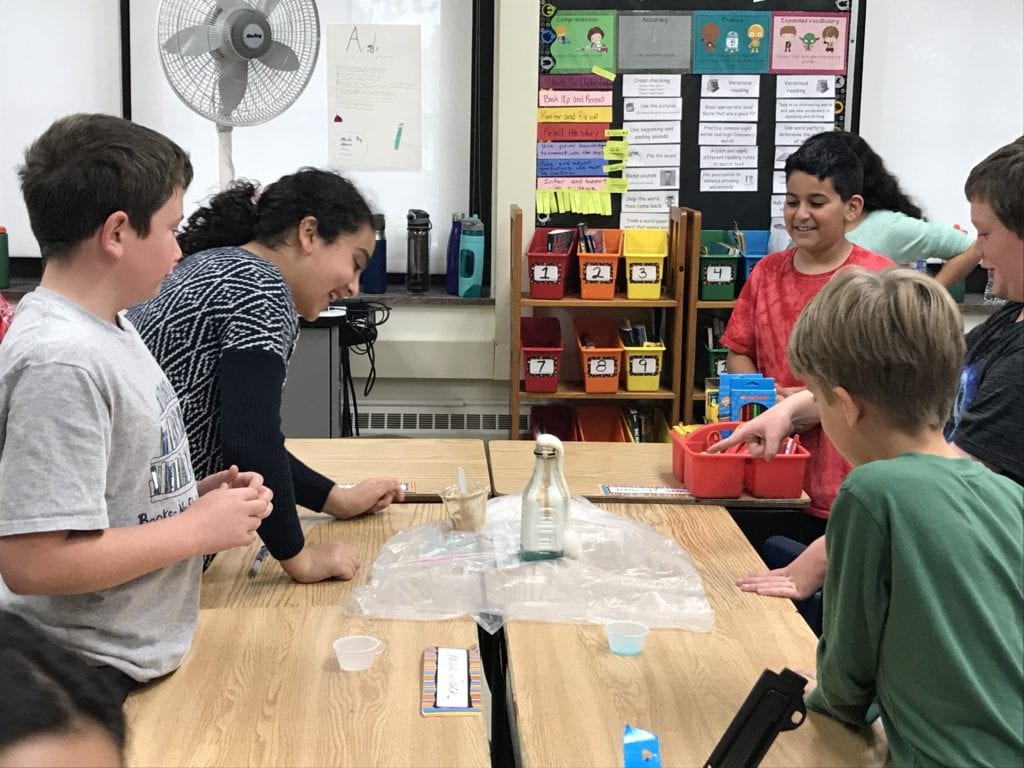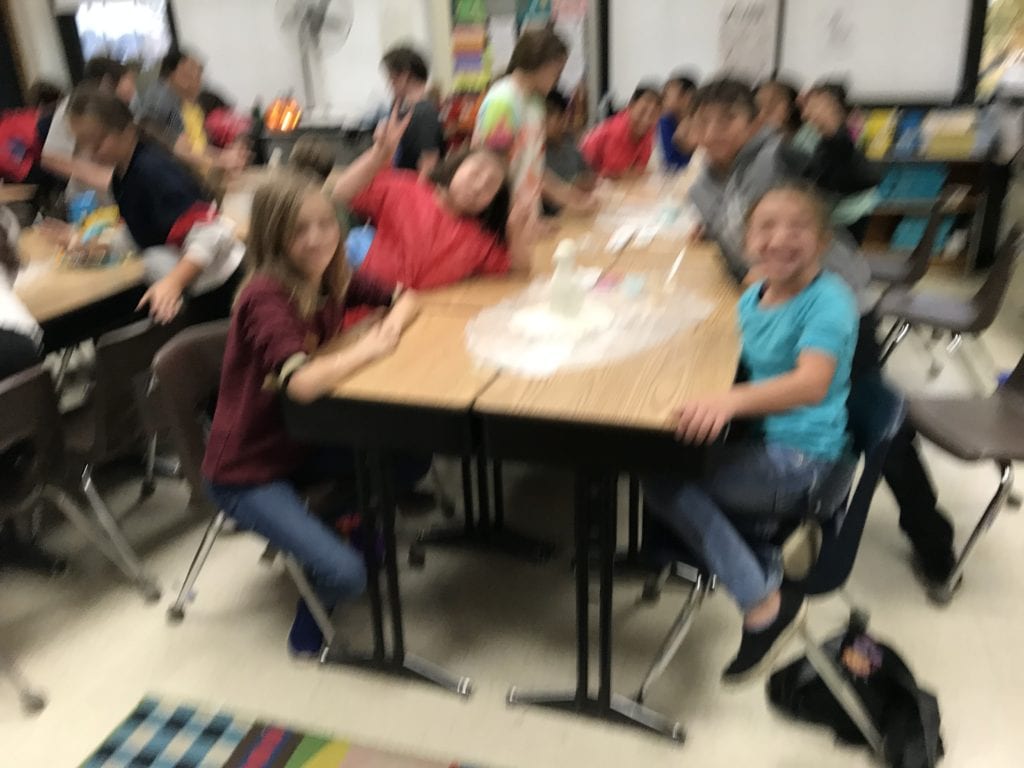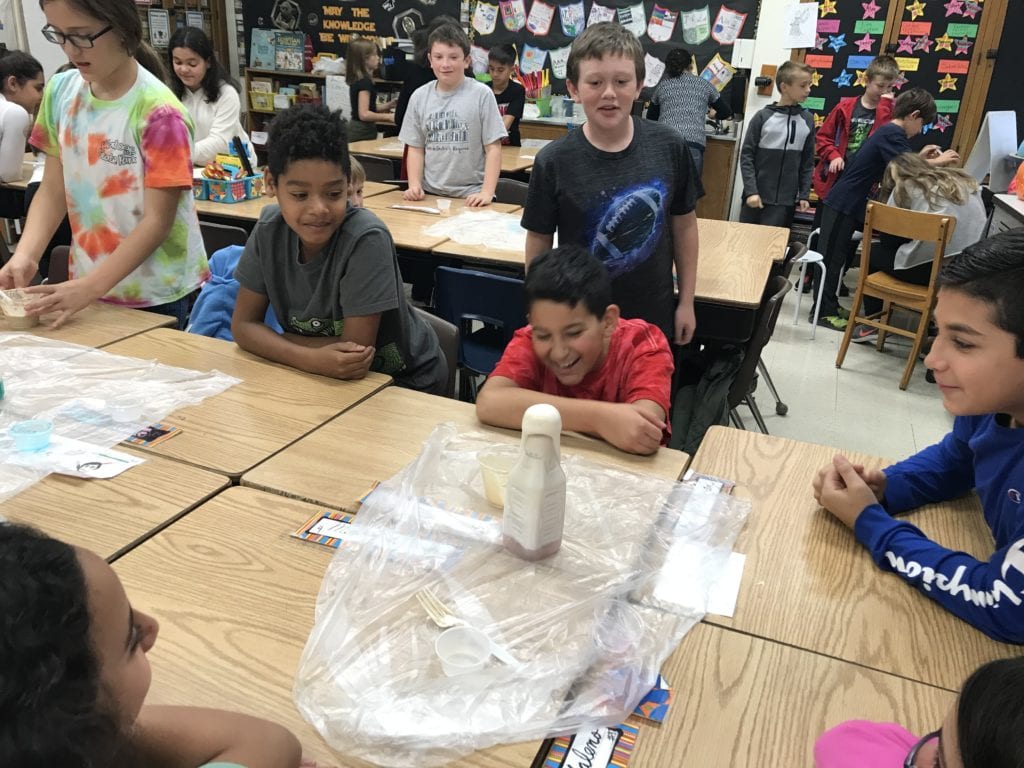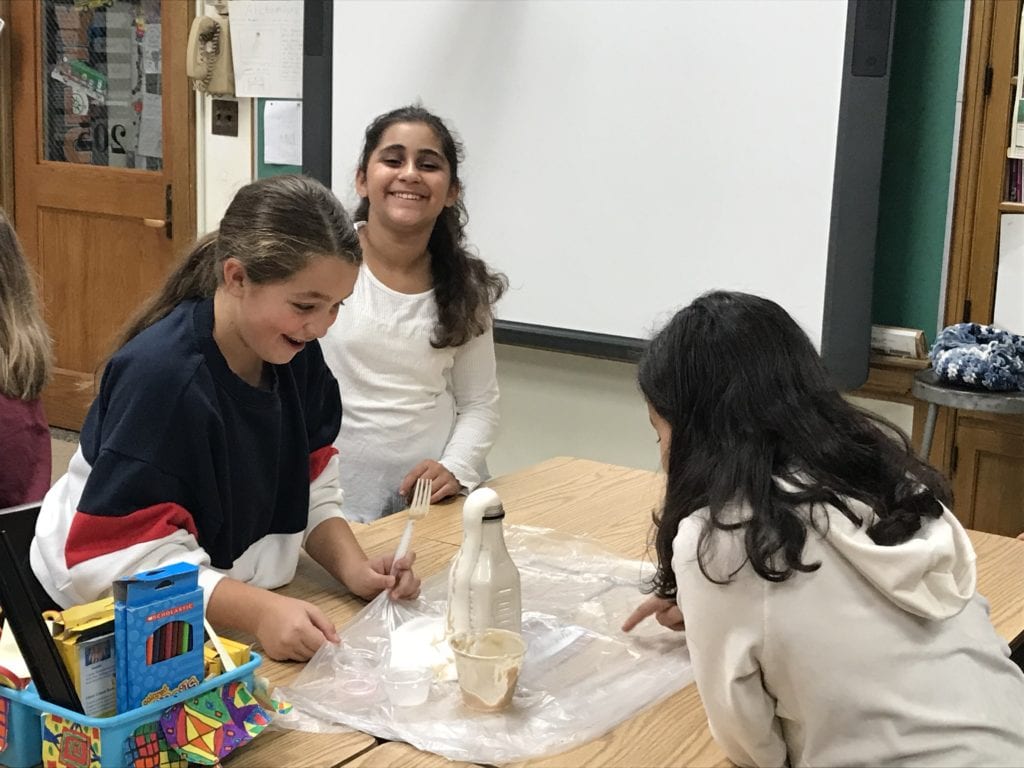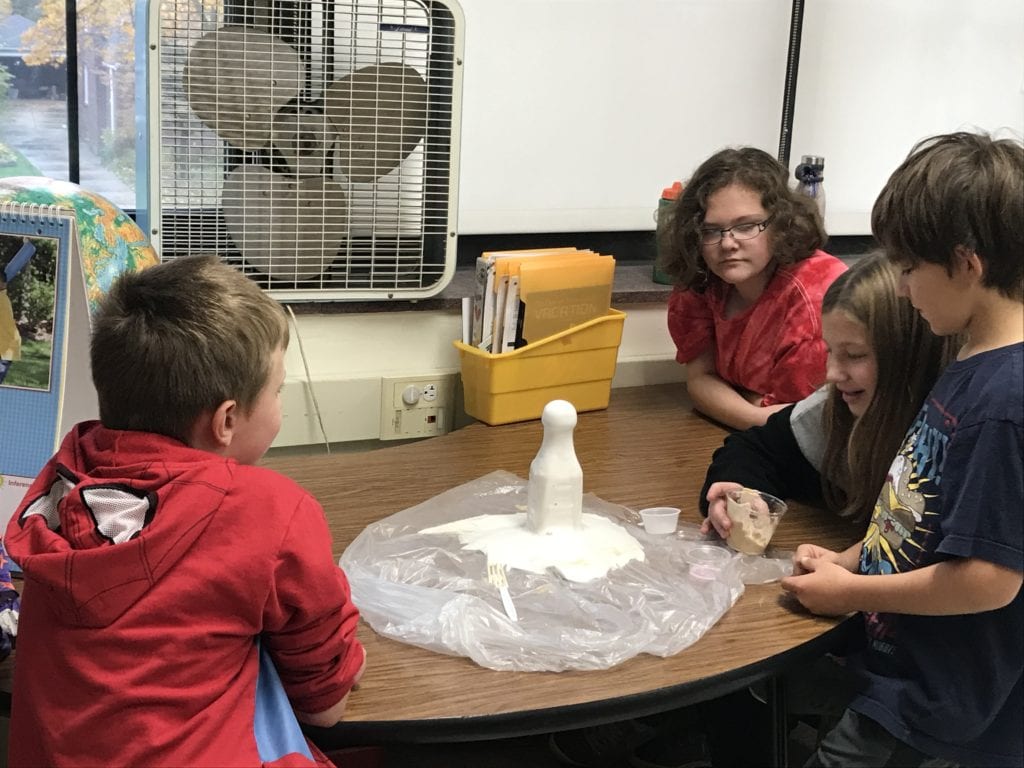Don’t forget to wear or bring your fifth grade red shirts tomorrow for group pictures!
Report cards & conferences.
Dear Parents,This year we will be holding Student Led conference during your scheduled parent teacher conference. Please make sure your child attends the conference with you as they have worked really hard on their presentation. There will be allotted time during the conference for the parent and teacher to speak if needed.
As a result of this change, we will be sending home report cards on Thursday, November 7th with your child. Please sign the envelope and return the envelope to school. Sending the report cards home will provide you an opportunity to look over their grades and come to the conference ready with feedback/questions. Although you are receiving the report card ahead of time, we are still requiring parents to attend their scheduled conference time.
We appreciate your continued support and look forward to seeing you soon.
Conferences
Hello Lindbergh Families! Parent/teacher/student conferences are November 7th,12th, and 14th. These are very long days for our staff and we are hoping to provide dinners for them with your help. Below is a link to sign up for items. Please be sure to read the details on the items as well as the dates (since we have three nights). Thank you so much for your support! Sign up here: https://www.signupgenius.com/go/4090e4caaa72da4fd0-20192 |
Raffle tickets.
Don’t scare us into more fundraising! Turn in your raffle tickets and money by TOMORROW! November 1st!!!! We are only about a quarter to our goal!
If you didn’t sell your tickets you may make a donation to the PTA! Please make all checks payable to LINDBERGH PTA!
HAVE A SAFE AND SPOOKTACULAR HALLOWEEN!
Conferences.
Conferences sheets with dates and times were sent home today. Please ask your student to see their conference sheet.
Oct. 28 – Nov. 1

Remember that on any given day your fifth grader should be able to tell you what we did in school. The planner is a good reminder for them to help with this narrative. Sharing what they have learned each day is an excellent way to help students review.
The planner should be signed by a parent or guardian every day.
Homework might not always be a worksheet!!!!!
**Students should be working on multiplication facts every night.
**They should be working on Spelling City 10-15 minutes per night Monday – Thursday.
**Students should be reading 30 minutes each night. Their comprehension can be checked using the question sheet given to students.
**Moby Max or Khan Academy- at least 20 minutes should be done each night.
**Students can use Ducksters, History.com, and Ben’s Guide to the Government to review social studies and/or science topics covered in class.
**Students will have assignments which need to be completed on Readworks.
**Content binders should come home every night so students can study and review that day’s lessons.
Math, social studies and science material in the binder should be studied each night to prepare for upcoming tests.
Math–
We are currently working on Module 2.

In Module 2, students apply the patterns of the base ten system to mental strategies and the multiplication and division algorithms.
Topics A through D provide a sequential study of multiplication. To link to prior learning and set the foundation for understanding the standard multiplication algorithm, students begin at the concrete–pictorial level in Topic A.
In Topic A, students use place value disks to model multi-digit multiplication of place value units, for example, 42 × 10, 42 × 100, 42 × 1,000, leading to problems such as 42 × 30, 42 × 300, and 42 × 3,000 (5.NBT.1, 5.NBT.2). They then round factors in Lesson 2 and discuss the reasonableness of their products. Throughout Topic A, students evaluate and write simple expressions to record their calculations using the associative property and parentheses to record the relevant order of calculations (5.OA.A.1).
In Topic B, place value understanding moves toward understanding the distributive property via area models, which are used to generate and record the partial products (5.OA.A.1, 5.OA.A.2) of the standard algorithm (5.NBT.B.5).
Topic C moves students from whole numbers to multiplication with decimals, again using place value as a guide to reason and make estimations about products (5.NBT.B.7).
In Topic D, students explore multiplication as a method for expressing equivalent measures. For example, they multiply to convert between meters and centimeters or ounces and cups with measurements in both whole number and decimal form (5.MD.A.1).
Topics E through H provide a similar sequence for division.
Topic E begins concretely with place value disks as an introduction to division with multi-digit whole numbers (5.NBT.B.6). In the same lesson, 420 ÷ 60 is interpreted as 420 ÷ 10 ÷ 6. Next, students round dividends and two-digit divisors to nearby multiples of 10 in order to estimate single-digit quotients (e.g., 431 ÷ 58 ≈ 420 ÷ 60 = 7) and then multi-digit quotients. This work is done horizontally, outside the context of the written vertical method.
In Topic F, a series of lessons lead students to divide multi-digit dividends by two-digit divisors using the written vertical method. Each lesson moves to a new level of difficulty with a sequence beginning with divisors that are multiples of 10 to non-multiples of 10. Two instructional days are devoted to single-digit quotients with and without remainders before progressing to two- and three-digit quotients (5.NBT.B.6).
In Topic G, students use their understanding to divide decimals by two-digit divisors in a sequence similar to that of Topic F with whole numbers (5.NBT.B.7).
In Topic H, students apply the work of the module to solve multi-step word problems using multi-digit division with unknowns representing either the group size or number of groups. In this topic, an emphasis on checking the reasonableness of their answers draws on skills learned throughout the module, including refining their knowledge of place value, rounding, and estimation.

Social Studies-
Unit 2: Three Worlds Meet
Test Nov. 26
This week we are discussing the European part of our story with Lesson 6: Reasons for Exploration. We will begin with the Viking role an end by looking a various European Explorers from Columbus to de Champlain.
Unit Overview:
The study of American history begins with the peopling of the Americas more than 14,000 years ago.[1] These ancient human societies adapted to diverse physical and natural environments resulting in unique cultural differences throughout the western hemisphere. Despite differences in language, shelter, labor systems, political structures, and economic organization, some Native societies shared common elements such as gender roles, family organization, religion, and values.
During the 15th century, Europe experienced wide scale economic development, the rise of bureaucratic states, and technological innovations. These changes facilitated trans-Atlantic exploration and resulted in the convergence of Native American, African, and European people through colonization and the slave trade. Prior to these encounters, the West African empires of Ghana, Mali, and Songhay (Songhai) had developed government systems, traded with Saharan and Sub-African, and adapted foreign ideas to their own uses. Understanding the indigenous people in the Americas and the forced migration of Africans provides a perspective on the past and informs the interactions among people from different “worlds” – America, Europe, and Africa.
Early
European exploration, colonization, and conquest facilitated the
trans-continental exchange of plants, animals, disease, and people known as the
Columbian Exchange. Five significant
long-term consequences resulted from the meeting of three worlds. First, the voyages started the redistribution
of the world’s population from the “Old” world to the “New”. Not only did millions of European immigrants
eventually flock to the Americas, at least 10-12 million enslaved Africans were
forcibly relocated on the west side of the Atlantic.[2] This migration of people had disastrous
effects on the indigenous population of the Americas. Second, the arrival of Europeans led to the
rise of the first trans-oceanic empires in world history. Third, exploration ignited a world-wide
commercial expansion including a burst of European capitalist enterprise. Fourth, the voyages led to the establishment
of English settlements, which ultimately would provide fertile ground for ideas
of representative government and religious tolerance. These ideas would inspire political
transformations in America and, over several centuries, would inspire
democratic movements throughout the world. Lastly, at a time when feudalism were fading
in Western Europe, new plantation economies emerging in the Americas employed
forced labor on a considerable scale.

Science-
There is a science test on 10/29. They were given the review a few weeks ago.
In this unit on matter, students will be involved in activities that hone the following skills:
Develop a model to describe that matter is made of particles too small to be seen.
Measure and graph quantities to provide evidence that regardless of the type of change that occurs when heating, cooling, or mixing substances, the total weight of matter is conserved.
Make observations and measurements to identify materials based on their properties.
Conduct an investigation to determine whether the mixing of two or more substances results in new substances.
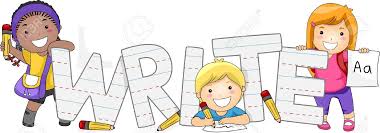
Writing–
The Common Core State Standards require Fifth grade students to write narratives in which they orient their reader by establishing a situation and introducing a narrator or characters with the event sequence unfolding naturally. Additionally, students are expected to use details including dialogue, descriptions of actions, thoughts, and feelings, use temporal words and phrases to signal event order, and provide a sense of closure. The goal of this unit is for students to write personal narrative stories that elaborate the tension or problem and focus upon an important message or heart of the story. Students will immerse themselves in age-appropriate personal narrative mentors to discern how these texts tend to go and to gather possible story ideas from turning points within their life experiences. They will draw on everything they’ve learned from writing small moment stories from Kindergarten- second grade, as well as personal narrative writing in third grade and fourth grades. Additionally, students revisit qualities of good writing and craft to write personal narratives. They will select their best work to revise, edit, and publish.
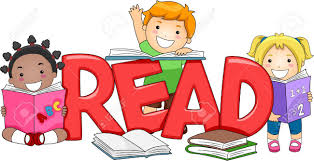
Reading-
.
Lessons will emphasize students’ ability to identify key ideas and themes in a text, whether in print, graphic, quantitative or mixed media formats.
The focus is on reading to understand, during which students focus on what the text says. The premise is that students cannot delve into the deeper meaning of any text if they cannot first grasp the surface meaning. Beyond merely identifying ideas, students also see how ideas and events connect and evolve over the course of a text.
Grammar – We will review the parts of speech. We are working with adjectives and adverbs.
Spelling – Please see Spelling City for the current spelling list and activities. Click on the Spelling City in the links list on this page. We are currently on Week 8.

Orange & Black Boo Bash

Dear Parents,
This is a reminder that this Thursday, October 31st we will have our class Orange & Black Boo Bash Halloween Party. We still have a couple of slots available on our SignUp Genius, and we still in need of crafts and pizza sponsors, as well as juice boxes, plates and napkins donations. Here’s the link to sign up. Thanks for your help!
Haunted School
| 19th Annual Lindbergh Haunted School TOMORROW NIGHT! Friday, October 18th from 6:30-8:30 PM We are still in need of help! –Entry and at the door wristband ticket sale volunteers –Silent auction pumpkin painters needed. We will provide the pumpkin –Room set up volunteers 3:20-6:30pm –After event volunteers to clean up Please sign up here: https://www.signupgenius.com/go/4090e4caaa72da4fd0-20191 ********** This year we are looking for the following types of donation items: –Candy…*lots* and *lots* of candy! –Spider webbing (White and Glow in the Dark) A bin has been placed near the front entrance/office that items can be placed in. ********** Ticket Info below: Pre-Sale Tickets: –Wednesday, 10/16 (before and after school) –Thursday, 10/17 (before and after school) –Friday, 10/18 (before school only!) Ticket Sale Pricing (doors open at 6:30pm). ALL attendees will need a wristband! –Volunteer (MUST be on the sign-up genius)-receive one free wristband –Pre-Sale PTA Member tickets are $3.00 per person –Pre-Sale Non-PTA Member tickets are $4.00 per person –All tickets purchased at the door are $5.00 per person Mad Scientist Show Wristbands: approximately 30 minute show, one wristband per ticket –GREEN-7:00-7:30pm –ORANGE-7:45-8:15pm Contacts: Kelly Panackia at kellypanackia@gmail.com or Gwynn Bondy at Gwynn.bondy@gmail.com. Thank you everyone for making this a special and memorable night for the kids! |
Orange and Black Boo Bash

Mrs. Hickson Orange & Black Boo Bash
Dear Parents,
On October 31st from 2:45 to 3:30 PM we will have a small Halloween Party for our class. We will have three stations: a craft, a game, and a boo sweet creation, wrapping up with pizza. We are kindly asking that you sign up to donate or sponsor items for the party, and/or volunteer to work in one of the stations. Please use the SignUp Genius link below and let us know if you can help.
Remember, no costumes are allowed for fifth graders, but kids are encouraged to wear orange and black.
As always, feel free to send tricks or treats with your kid to share with the rest of the class. There are a total of 30 kids in our class.
Have any questions? Email Ida to wade_and_ida@yahoo.com. Thanks!
